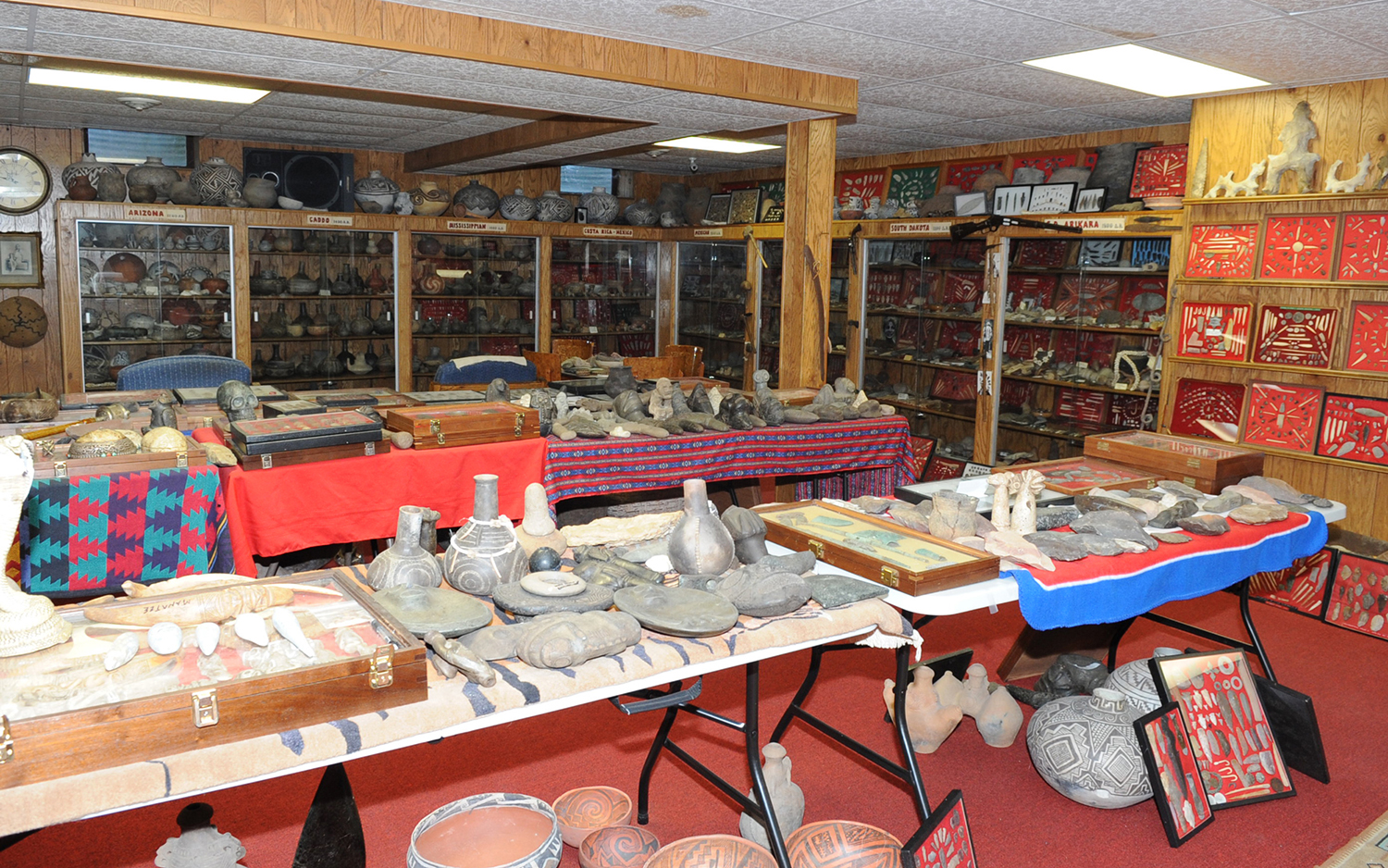FBI Confiscated Thousands of Plundered Human Bones and Artifacts from Man's Home

Thousands of bones from indigenous people were found at the home of man who illegally stockpiled artifacts and human remains.
The discovery was part of a 2014 raid by the FBI of the man's home — he biggest recovery of cultural artifacts in the agency's history — details of which the agency recently released. Since then, the bureau has undertaken the daunting task of identifying and returning thousands of the stolen indigenous objects, including the human remains.
To that end, representatives of the FBI's Art Crime Team called for assistance from Native American communities and governments around the world to help the agency identify and repatriate looted artifacts, FBI officials said in a statement Wednesday (Feb. 27).
Over six days in 2014, FBI agents removed about 7,000 objects from the Indiana home of former military engineer, Christian missionary and "amateur archaeologist" Don Miller. For more than 70 years, Miller had traveled the world collecting objects that piqued his interest, and many were found to have been acquired illegally. That includes 500 sets of human bones that were likely looted from Native American burial sites, the FBI said. [30 of the World's Most Valuable Treasures That Are Still Missing]
Miller's appetite for historical and cultural objects — around 42,000 in all — was global, spanning North and South America, the Caribbean, the Indo-Pacific region, and Asia. And his enthusiasm sometimes led him to overstep legal boundaries, according to the FBI.
Above all else, Miller's "passion" was for Native American artifacts, FBI Special Agent Tim Carpenter said in the statement. Carpenter led the 2014 seizure of Miller's artifacts and helms the FBI's art-theft program.
Much of the collection was displayed at Miller's home, and he encouraged visits from the public. While he did not exhibit human remains — for the most part — rumors of their existence eventually reached the FBI, prompting an investigation.
Get the world’s most fascinating discoveries delivered straight to your inbox.
Miller, who was 91 at the time of the raid, gave the FBI his full cooperation, agreeing to surrender the objects that had been acquired illegally (he died in 2015). The FBI partnered with Native American authorities, anthropologists, archaeologists and academics to make sure the artifacts were stored safely and treated respectfully prior to repatriation.
To date, only about 15 percent of the confiscated artifacts have been identified and returned. But FBI officials are hopeful that publicizing their investigation will help them to reunite the remainder of the seized objects with their rightful owners, according to the statement.
- Reclaimed History: 9 Repatriated Egyptian Antiquities
- 7 Stunning Archaeological Sites in Syria
- The 25 Most Mysterious Archaeological Finds on Earth
Originally published on Live Science.

Mindy Weisberger is a science journalist and author of "Rise of the Zombie Bugs: The Surprising Science of Parasitic Mind-Control" (Hopkins Press). She formerly edited for Scholastic and was a channel editor and senior writer for Live Science. She has reported on general science, covering climate change, paleontology, biology and space. Mindy studied film at Columbia University; prior to LS, she produced, wrote and directed media for the American Museum of Natural History in NYC. Her videos about dinosaurs, astrophysics, biodiversity and evolution appear in museums and science centers worldwide, earning awards such as the CINE Golden Eagle and the Communicator Award of Excellence. Her writing has also appeared in Scientific American, The Washington Post, How It Works Magazine and CNN.


